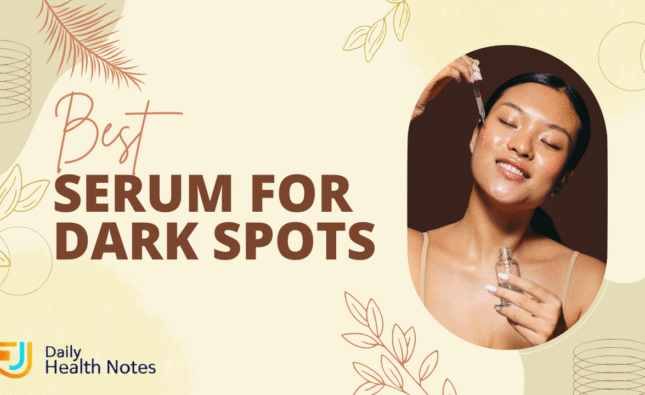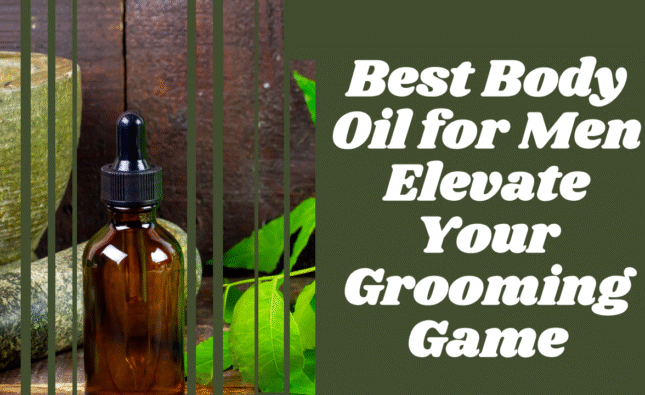
How to Choose the Right Sunscreen for Your Skin Type
Sunscreen isn’t a one-size-fits-all solution. With hundreds of products on the market—gels, lotions, mineral-based, chemical, SPF 30, SPF 100—choosing the right sunscreen for your skin type can be overwhelming. The truth is, your skin’s needs vary based on whether it’s oily, dry, sensitive, or acne-prone.
In this detailed guide, we’ll explore how to find the best sunscreen for your skin type, backed by expert tips, the latest dermatological advice, and product trends that meet 2025 skincare regulations.
Why Choosing the Right Sunscreen Matters
Using sunscreen daily helps protect against UV damage, premature aging, hyperpigmentation, and skin cancer. However, the wrong type of sunscreen can cause breakouts, dryness, or even allergic reactions.
Quote – Dr. Ava Shamban, Dermatologist:
“Your sunscreen should feel good on your skin while effectively blocking both UVA and UVB rays. It shouldn’t clog pores or cause irritation.”
Types of Sunscreens: Chemical vs. Mineral
Understanding the two main types of sunscreen is key to choosing the right one for your skin type.
| Type | How It Works | Pros | Cons |
|---|---|---|---|
| Chemical | Absorbs UV rays and transforms them into heat | Lightweight, blends easily | May irritate sensitive skin |
| Mineral (Physical) | Sits on skin surface and reflects UV rays | Great for sensitive and acne-prone skin | Can leave white cast if not tinted |
Most dermatologists recommend broad-spectrum SPF 30 or higher, regardless of type.
How to Choose the Right Sunscreen for Your Skin Type
Let’s break it down by skin type to help you pick a sunscreen that protects and supports your unique skin needs.
Sunscreen for Oily or Acne-Prone Skin
Focus Keyword Use: Learn how to choose the right sunscreen for your skin type if you’re acne-prone.
What to Look For:
-
Oil-free, non-comedogenic formulas
-
Gel or water-based sunscreens
-
Ingredients like niacinamide or zinc oxide that help reduce oil
Avoid:
-
Heavy creams or oily bases
-
Fragrance and alcohol-based products
Top Pick for 2025:
La Roche-Posay Anthelios Clear Skin SPF 60 – Oil-absorbing, matte finish, broad-spectrum.
Sunscreen for Dry or Dehydrated Skin
What to Look For:
-
Creamy or lotion-based sunscreens
-
Hydrating ingredients like hyaluronic acid, glycerin, or ceramides
Avoid:
-
Alcohol-based sprays
-
Matte finishes that further dry skin
Top Pick:
EltaMD UV Daily SPF 40 – Moisturizing, includes hyaluronic acid, recommended by dermatologists.
Sunscreen for Sensitive Skin
What to Look For:
-
Fragrance-free, mineral-based formulas
-
Soothing ingredients like aloe vera, calendula, allantoin
Avoid:
-
Oxybenzone, avobenzone, and synthetic fragrances
Top Pick:
Blue Lizard Sensitive Mineral Sunscreen SPF 50 – Non-irritating, reef-safe, zinc-based.
Expert Tip: Perform a patch test before applying a new sunscreen to your face or neck if you have highly reactive skin.
Sunscreen for Combination Skin
What to Look For:
-
Lightweight, non-greasy lotions or gels
-
Products that balance hydration without making T-zone oily
Top Pick:
Neutrogena Hydro Boost Water Gel SPF 30 – Ultra-light, hydrating, non-comedogenic.
Sunscreen for Dark Skin Tones
Many mineral sunscreens leave a white or chalky residue on melanin-rich skin. In 2025, more brands now offer tinted mineral sunscreens that blend seamlessly.
Top Pick:
Black Girl Sunscreen SPF 30 – No white cast, hydrating, and made for deeper skin tones.
Table: Best Sunscreens by Skin Type (2025 Edition)
| Skin Type | Recommended Type | Key Ingredients | Top Brand |
|---|---|---|---|
| Oily/Acne-Prone | Gel, water-based | Zinc oxide, niacinamide | La Roche-Posay Clear Skin SPF 60 |
| Dry/Dehydrated | Cream, lotion | Hyaluronic acid, ceramides | EltaMD UV Daily SPF 40 |
| Sensitive | Mineral, fragrance-free | Aloe, zinc oxide, allantoin | Blue Lizard Sensitive SPF 50 |
| Combination | Lightweight lotion/gel | Glycerin, dimethicone | Neutrogena Hydro Boost SPF 30 |
| Dark Skin Tones | Tinted mineral | Shea butter, jojoba oil | Black Girl Sunscreen SPF 30 |
Frequently Asked Questions: Choosing Sunscreen for Your Skin Type
What does “broad-spectrum” mean?
It means the sunscreen protects against both UVA (aging) and UVB (burning) rays—essential for full protection.
Is higher SPF always better?
Not necessarily. SPF 30 blocks 97% of UVB rays, and SPF 50 blocks 98%. More important is reapplication every 2 hours, especially after swimming or sweating.
Should I wear sunscreen indoors?
Yes, UVA rays penetrate windows and can still damage skin indoors.
Sunscreen Myths You Should Ignore in 2025
❌ Myth: Darker skin doesn’t need sunscreen
✅ Fact: Melanin offers some protection, but not enough to prevent damage or cancer.
❌ Myth: Sunscreen causes breakouts
✅ Fact: Choosing the right sunscreen for your skin type prevents clogged pores and irritation.
❌ Myth: You don’t need sunscreen on cloudy days
✅ Fact: 80% of UV rays still pass through clouds.
2025 Dermatologist-Approved Sunscreen Tips
-
Apply ¼ teaspoon to your face and 1 ounce (a shot glass) to the body
-
Reapply every 2 hours or after swimming/sweating
-
Use year-round, even in winter
-
Don’t forget your ears, neck, hands, and eyelids
Choose Smart, Protect Daily
The best sunscreen is one you’ll wear every single day—and the key to that is finding a formula that suits your skin. By understanding how to choose the right sunscreen for your skin type, you’re not just protecting your complexion; you’re reducing your long-term risk of skin cancer and premature aging.
No matter your skin tone or type, there’s a formula designed for you in 2025. Make SPF part of your daily ritual—it’s self-care, not just skincare.












